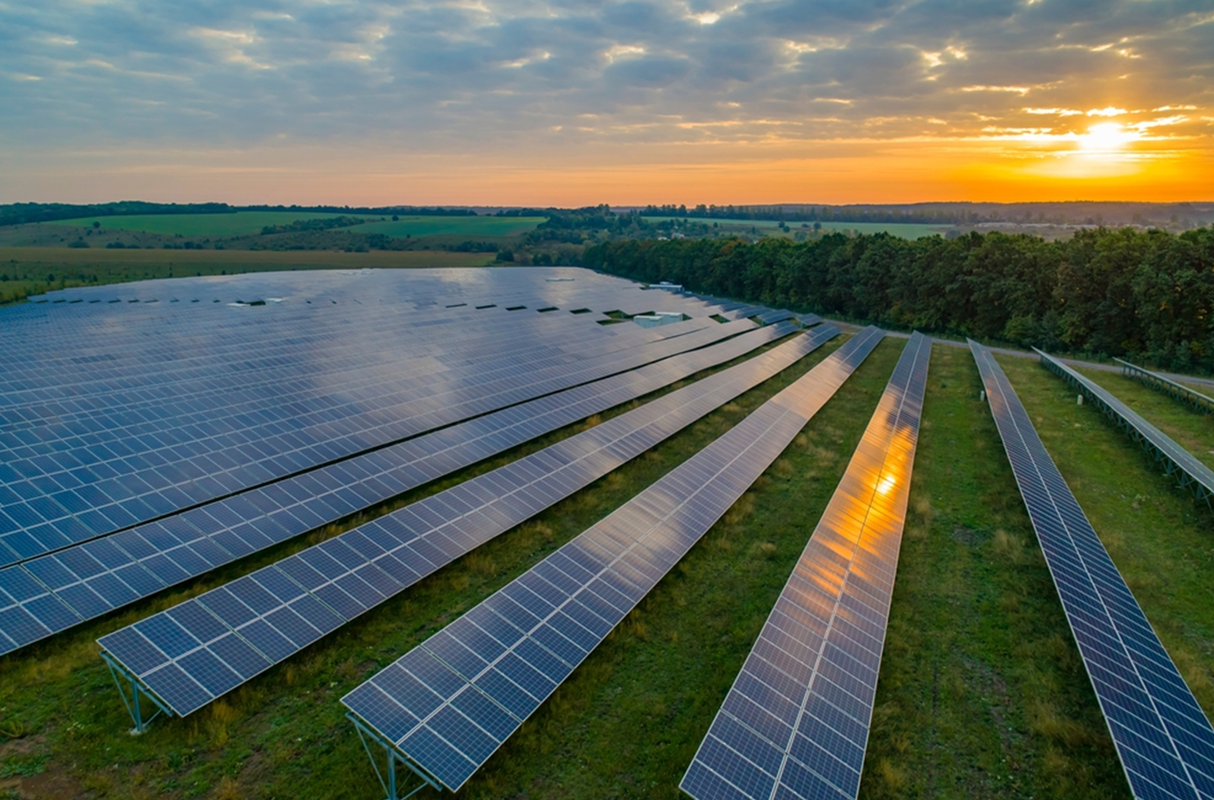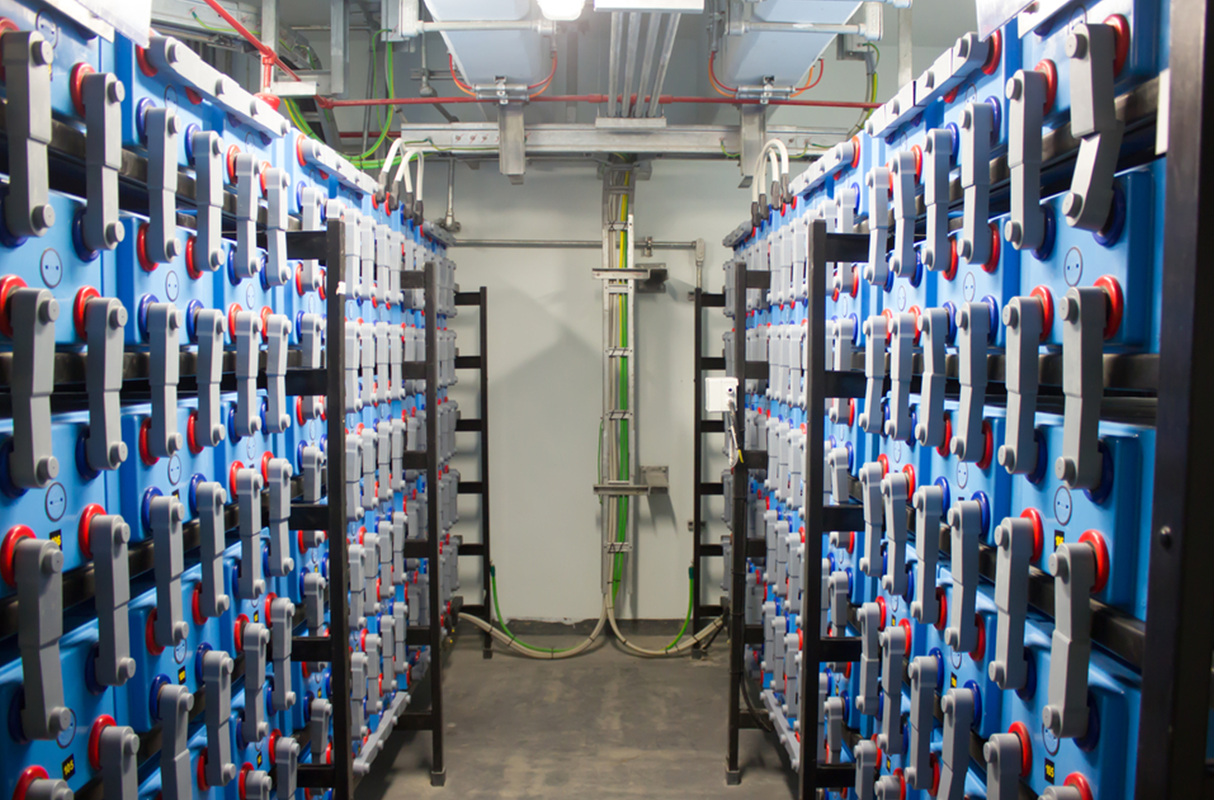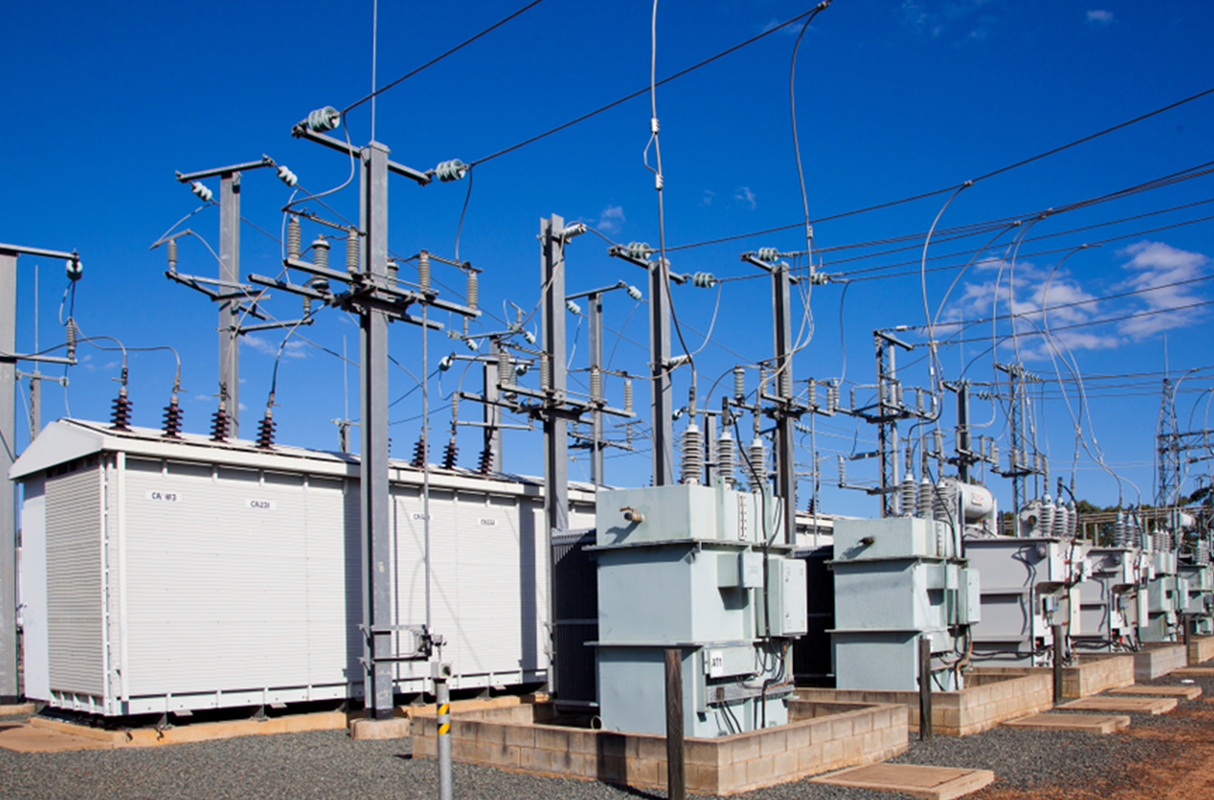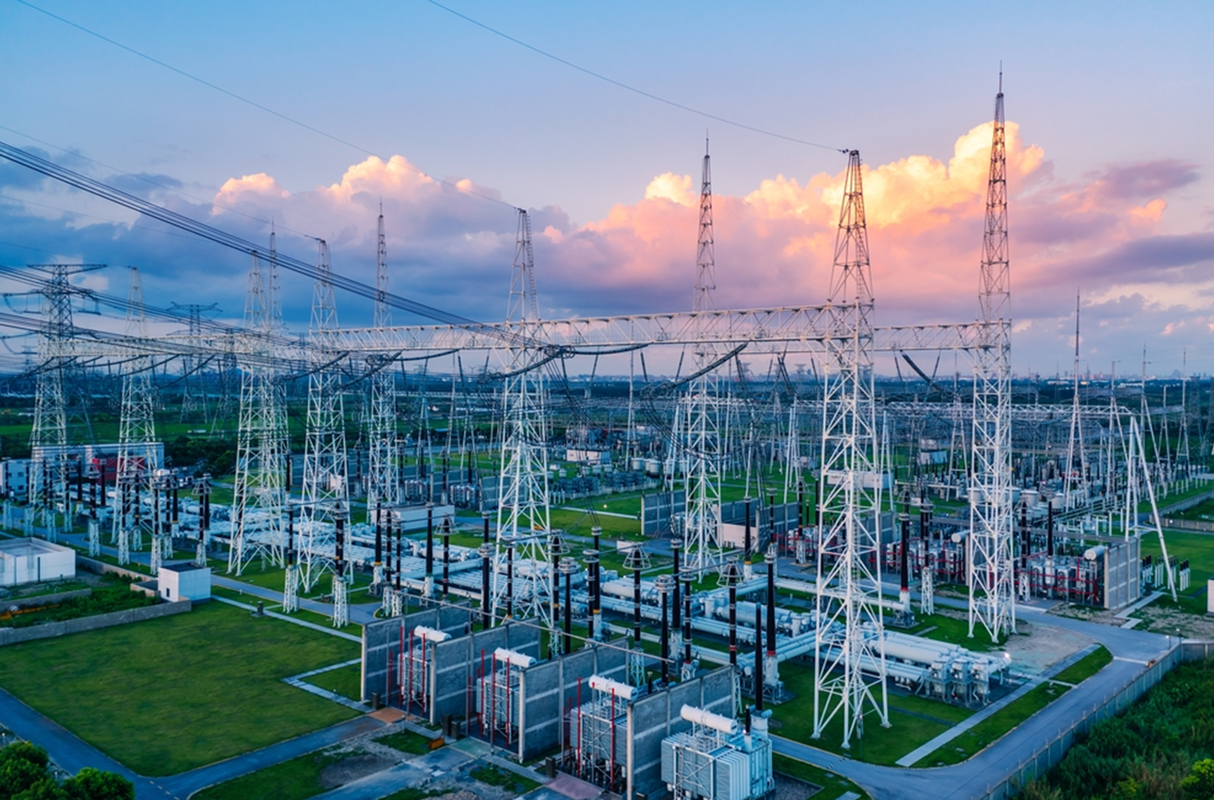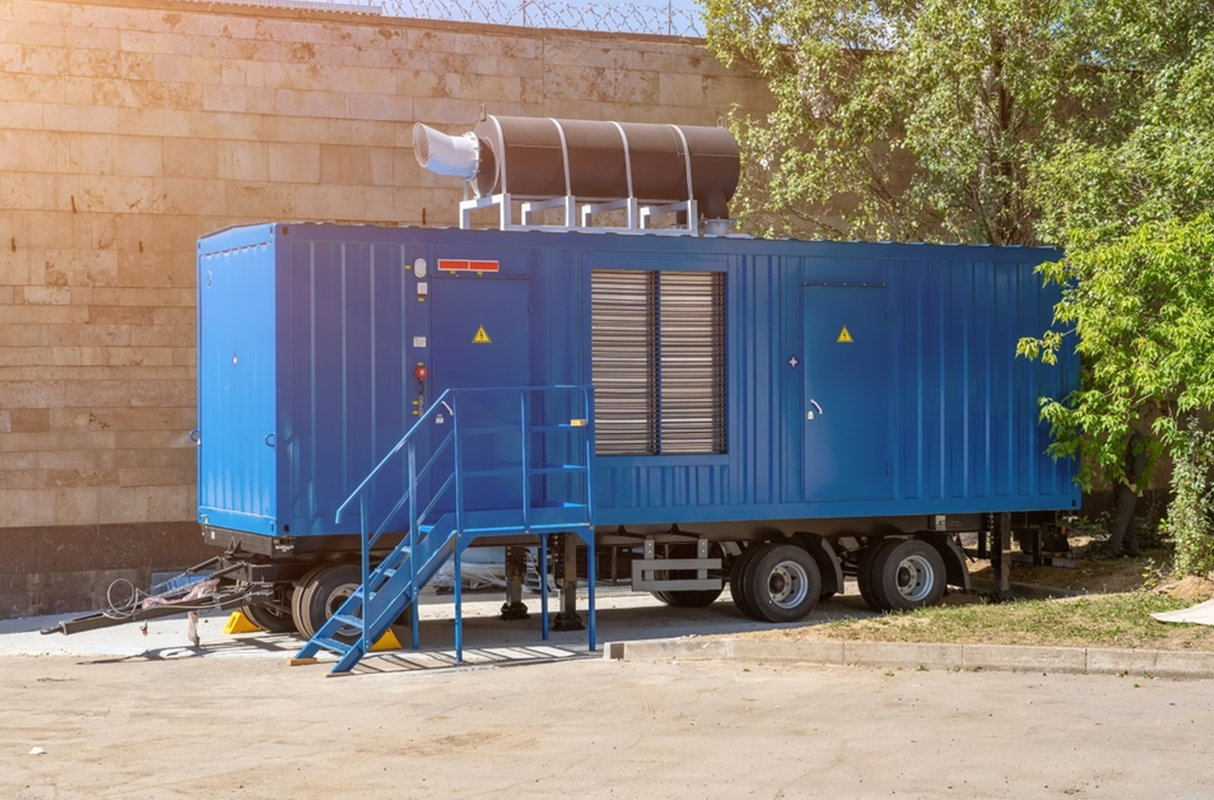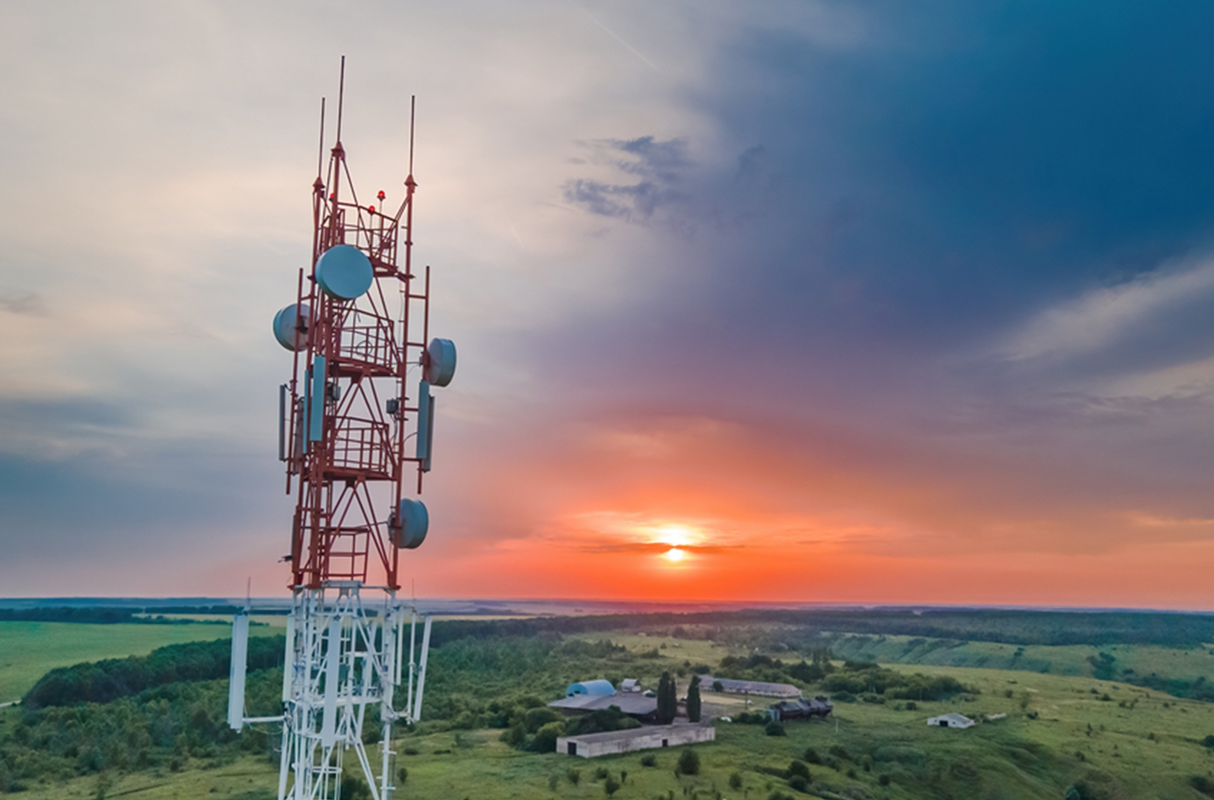Solar Energy Farming
Energy storage plays a crucial role in large-scale solar power generation, enabling the efficient utilization of renewable energy. With solar power's intermittent nature, energy storage systems provide a reliable solution by capturing excess electricity generated during peak sun hours and storing it for later use. Batteries, such as lithium-ion and flow batteries, are commonly employed for this purpose. By storing surplus energy, solar power plants can meet electricity demands during cloudy periods and nighttime, ensuring uninterrupted power supply. Energy storage also facilitates grid stability, as it helps balance supply and demand fluctuations, smoothens renewable energy integration, and enhances overall system resilience in the face of variable weather conditions.
Wind Energy Farming
In order to combat the natural intermittency of wind resources, energy storage is crucial in the production of wind energy on a big scale. Energy storage devices allow for the collection and use of extra electricity produced during times of high wind for later usage when wind speeds drop. Batteries are frequently used for this, including lithium-ion and flow batteries. Wind power facilities can guarantee a steady and dependable electricity supply regardless of changes in wind availability by storing extra energy. By balancing supply and demand, smoothing out the integration of renewable energy sources, and providing backup power during periods of low wind, energy storage also improves grid stability, maximizing the efficiency and efficacy of wind power output.
Off Grid & Micro Grid
Off-grid and microgrid systems depend heavily on energy storage to deliver dependable and sustainable electricity in places without access to a centralized power grid. Energy storage systems maintain a constant power supply even during times of low generation or high demand by storing extra energy produced from renewable sources like solar panels or wind turbines. To store and release electricity as needed, batteries like lithium-ion or lead-acid batteries are frequently utilized. These flexible energy storage options enable effective load management, peak shaving, and even the emergency powering of vital loads. Additionally, they help to lessen reliance on fossil fuels in remote places by enabling the incorporation of sporadic renewable energy sources.
Grid Balancing
Energy storage technologies are essential to grid balancing because they help to maintain the supply and demand dynamics of the electrical grid. Energy storage technologies offer a dependable alternative for regulating peak loads and guaranteeing grid stability by storing extra electricity during periods of low demand and releasing it during times of high demand. As a result of their quick response times, these systems can adapt to fast changes in power demand or supply, preventing imbalances that could cause blackouts or voltage variations. A more seamless and effective grid operation is made possible by energy storage, which also makes it easier to integrate intermittent renewable energy sources by reducing their variable output.
Peak Power Supply
Long duration energy storage systems play a critical role in ensuring reliable peak power supply in the electricity grid. While short-term energy storage solutions address rapid fluctuations in demand, long duration storage technologies provide sustained power during extended periods of high demand. These systems, such as advanced flow batteries, can store large amounts of energy for hours or even days. By releasing stored energy during peak hours, they alleviate stress on the grid, mitigate the need for costly Peaker plants, and enhance grid resilience. Long duration energy storage is a key component of achieving a sustainable and resilient power system capable of meeting peak electricity demands reliably.
Diesel Generator Replacement
In rural or off-grid regions, long-term energy storage devices present a possible replacement for diesel generators. These systems offer a dependable and sustainable power supply by storing renewable energy at times of high generation, doing away with the need for diesel fuel and lowering greenhouse gas emissions. A continuous power supply can be achieved even when there is little or no renewable energy output by using technologies like improved batteries, hydrogen fuel cells, or thermal energy storage. Long-term energy storage not only lessens the need for fossil fuels but also increases energy resilience, decreases operating costs, and encourages the use of cleaner, greener energy sources for remote populations or important infrastructure sites.
Telecom Towers
For powering telecom towers, green energy storage technologies have emerged as the best option, delivering a dependable and sustainable energy supply while minimizing environmental effect. Although renewable energy storage technology can greatly cut fuel consumption and carbon emissions, telecom towers still typically use diesel engines. When combined with solar panels or wind turbines, cutting-edge battery systems like lithium-ion or flow batteries may store extra renewable energy during ideal conditions and release it when needed. This strategy not only reduces operational costs but also improves energy resilience and encourages the use of cleaner, more environmentally friendly power sources in the telecom sector. Telecom tower efficiency is made possible by green energy storage, which helps create a more environmentally friendly and long-lasting communications infrastructure.
Green Buildings
Powering green buildings with green energy storage systems helps to ensure effective and sustainable energy use. Energy storage solutions supplement these systems by gathering and storing excess energy for later use. These structures frequently incorporate renewable energy sources, such as solar panels or wind turbines. Advanced batteries, such lithium-ion or flow batteries, allow for the storage and release of clean energy as needed, minimizing dependency on the grid and fostering independence. Green energy storage helps green buildings use less energy overall by enabling improved energy management, load balancing, and demand response. By reducing carbon emissions and promoting the switch to renewable energy sources, it helps create a built environment that is greener and more sustainable.

